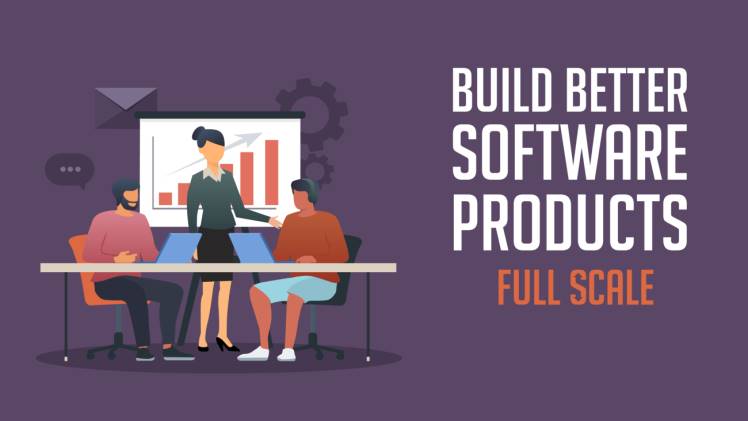Crafting Winning Software: Building Successful Products

In today’s technology-driven world, the demand for innovative and successful software products is higher than ever before. Building a software product that not only meets user expectations but also achieves long-term success requires careful planning, execution, and continuous improvement. In this article, we will explore key strategies for building successful software products, focusing on the essential steps that can help you create products that stand out in the competitive market.
1. Identify a Market Need:
The foundation of any successful software product is a thorough understanding of the market need it aims to fulfill. Conduct market research, analyze trends, and listen to potential users to identify pain points and unmet needs. This research will guide you in defining your product’s unique value proposition, ensuring that it addresses real problems faced by your target audience.
2. Define Clear Objectives and Goals:
Before diving into the development process, establish clear objectives and goals for your software product. These should align with your market research findings and reflect the core value you aim to deliver. Define key performance indicators (KPIs) that will help measure your progress and success over time.
3. Build a Solid Product Strategy:
A well-defined product strategy serves as a roadmap for success. Outline your product’s features, functionality, and overall user experience based on the identified market need. Consider factors such as scalability, usability, security, and performance. A robust strategy helps maintain focus and ensures that development efforts are aligned with your long-term vision.
4. Prioritize User-Centric Design:
Successful software products are those that prioritize the user experience. Invest time and effort in understanding your target users, their behaviors, and their preferences. Apply user-centric design principles to create intuitive interfaces, streamline workflows, and deliver an engaging user experience. Continuously gather user feedback and iterate on your design to refine and improve the product.
5. Agile Development Methodology:
Adopting an agile development methodology can greatly enhance the efficiency and effectiveness of your software development process. Break down your product into smaller, manageable features and work in iterative cycles, allowing for frequent feedback and adaptation. This iterative approach promotes flexibility, encourages collaboration, and reduces time to market.
6. Quality Assurance and Testing:
Building a successful software product requires rigorous quality assurance and testing at every stage of development. Implement a comprehensive testing strategy to identify and fix bugs, ensure compatibility across different devices and platforms, and validate the performance and security of your product. Investing in thorough testing pays off in the form of increased user satisfaction and a reduced risk of post-launch issues.
7. Continuous Improvement and Iteration:
The journey toward building a successful software product does not end with its launch. Embrace a culture of continuous improvement and iteration. Gather user feedback, analyze data, and use insights to enhance your product’s features, address emerging needs, and stay ahead of the competition. Regular updates and new feature releases will help maintain user engagement and drive long-term success.
Conclusion:
Building a successful software product is a multifaceted process that requires careful planning, user-centric design, and continuous improvement. By identifying market needs, setting clear objectives, and following a well-defined product strategy, you can create software products that resonate with users and stand out in the market. Embrace agile development practices, prioritize quality assurance and testing, and continuously iterate based on user feedback. With a strong foundation and a commitment to excellence, you can position your software product for long-term success in an ever-evolving digital landscape.

